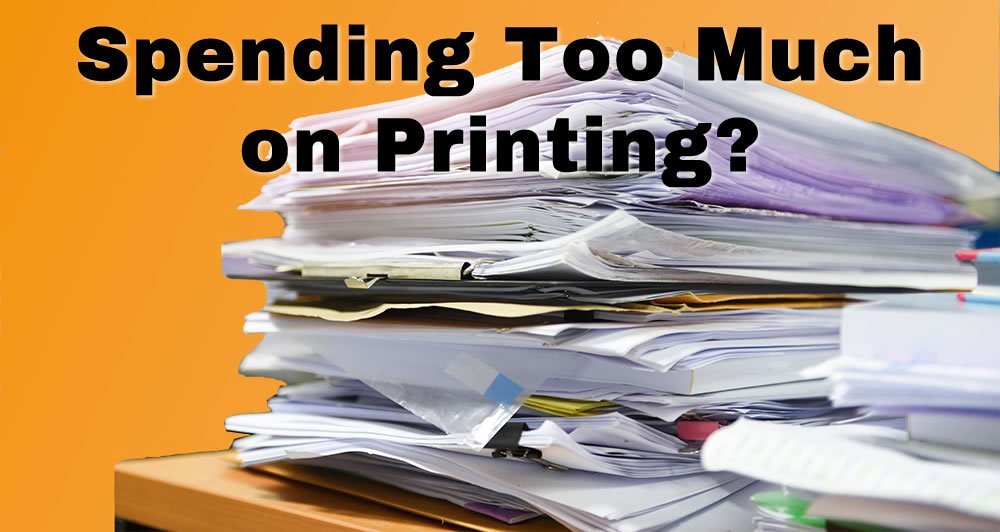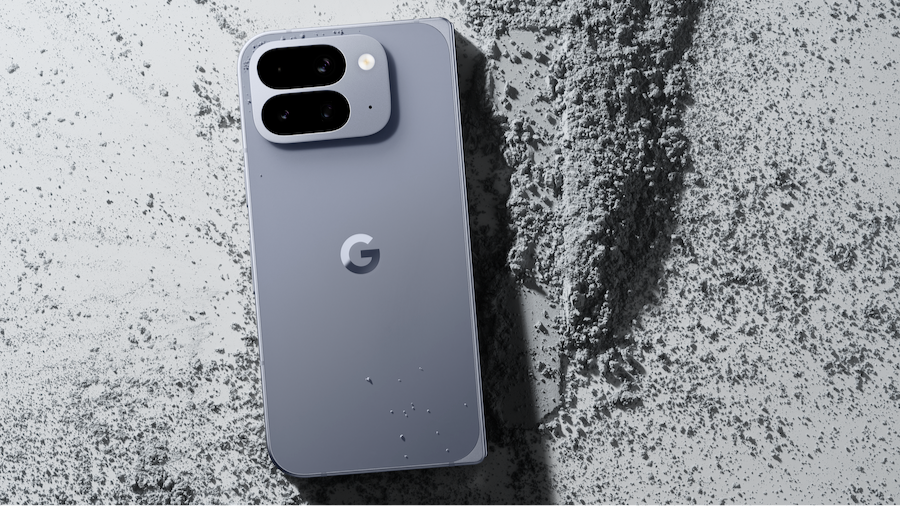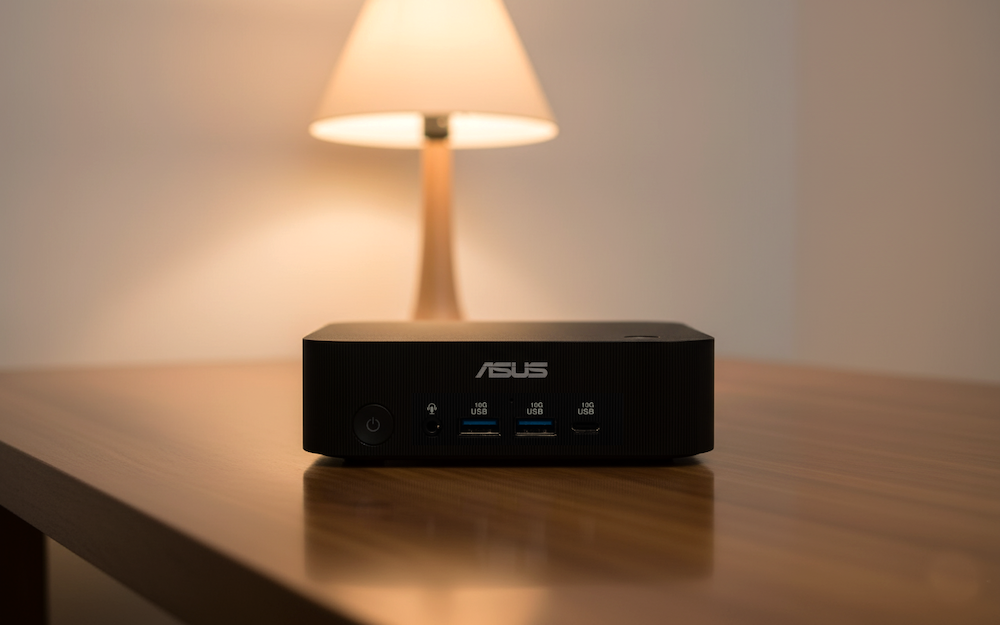Printing can quickly become a costly expense for both businesses and individuals, especially when done frequently. Whether you’re printing documents for work or school, or creating promotional materials for your business, it’s important to find ways to reduce these costs. In this blog, we’ll explore some of the most effective ways to save money on printing without compromising quality.
1. Choose the Right Printer
One of the first steps to saving money on printing is selecting the right printer. Different types of printers have different operational costs, so it’s essential to choose one that fits your needs and budget. Inkjet printers, for example, are great for high-quality colour prints, but they can be expensive to operate in the long run. Laser printers, on the other hand, tend to have a lower cost per page, making them more economical for high-volume printing. Before purchasing a printer, research the cost of consumables, like ink or toner cartridges, and check the yield (how many pages a cartridge can print) to ensure you’re getting the best value.
2. Opt for Recycled Paper
Another simple way to save money on printing is to choose recycled paper. While recycled paper may cost a bit more upfront than standard paper, it’s still a cost-effective option in the long run. Additionally, using recycled paper is an environmentally friendly choice that can help reduce your carbon footprint. Many suppliers offer affordable recycled paper, which is just as high in quality as non-recycled varieties, so it’s a worthwhile investment.
3. Refill Ink Cartridges
Instead of buying new ink or toner cartridges, consider refilling them. Many stores offer ink cartridge refill services at a fraction of the cost of purchasing a brand-new cartridge. Refilled cartridges can provide the same print quality as new ones, making them an excellent budget-friendly option. Just be sure to choose a reputable service to avoid issues with print quality or printer compatibility. You can save even more on printing costs by opting for affordable options like the HP 305 ink, which provides high-quality prints at a lower price than many other ink cartridges.
4. Set Print Preferences to Economical Mode
Most printers come with various print quality settings, such as draft or economical mode. When you choose a lower-quality print setting, it reduces ink or toner usage, which can significantly cut printing costs over time. If you’re printing documents for internal use or drafts, consider switching to this setting, as the quality may not need to be perfect. This simple adjustment can make a noticeable difference in how much you spend on ink or toner.
5. Use Print Preview and Edit Documents
Before hitting the print button, take a moment to review your document using the print preview option. This allows you to spot any formatting errors or unnecessary pages that could be wasted during printing. By adjusting the layout, removing excess content, or consolidating information, you can print fewer pages while still achieving the desired results. Additionally, be mindful of font sizes and spacing; small tweaks can help reduce paper usage without sacrificing the document’s readability.
6. Consider Printing Services
If you only need to print occasionally or require high-quality prints for marketing materials or business documents, it might be more cost-effective to use a print service. Many online print companies offer bulk printing options with discounts for large orders, saving you money on both printing equipment and consumables. Plus, printing services often provide professional quality, ensuring your prints look polished and refined.
7. Print Double-Sided
Printing double-sided is one of the easiest ways to cut paper costs in half. Many modern printers support duplex printing (double-sided printing) either automatically or manually. By printing on both sides of the paper, you reduce the overall number of sheets needed for a job, ultimately lowering your paper expenses. This method is especially useful when printing large reports or documents that don’t require one-sided prints.
Conclusion
Saving money on printing doesn’t have to be difficult. By making small adjustments, such as choosing the right printer, printing double-sided, and taking advantage of economical settings, you can significantly reduce printing costs. With a little planning and awareness of your printing habits, you’ll be able to keep your printing budget under control while still getting the results you need.














